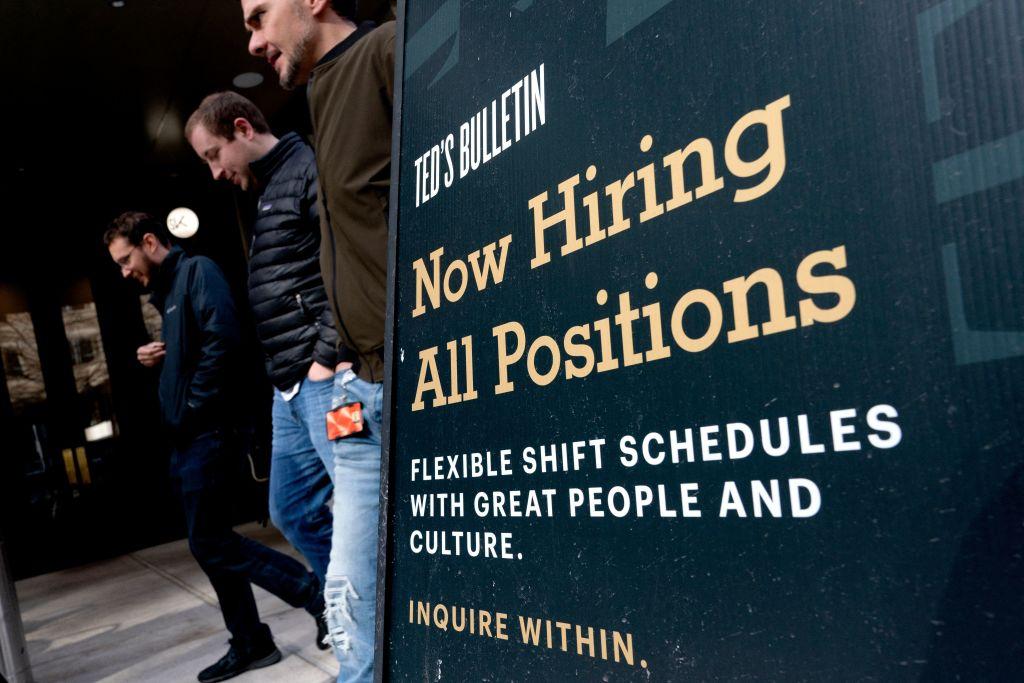[Note: If you wish to skip detailed analysis and data support, simply scroll down to “Opinion and Outlook” and “GDP Prognostication.”]
Total nonfarm payroll employment, relased this morning, increased by 187, 000 jobs, and the unemployment rate dropped slightly, at 3.5 percent. Private sector jobs were 172,000, of which 15,000 were in government. However, private health and education, which tend to be supported substantially by government financing, was the largest of the separate sectors of employment, with 100,000 new jobs.





